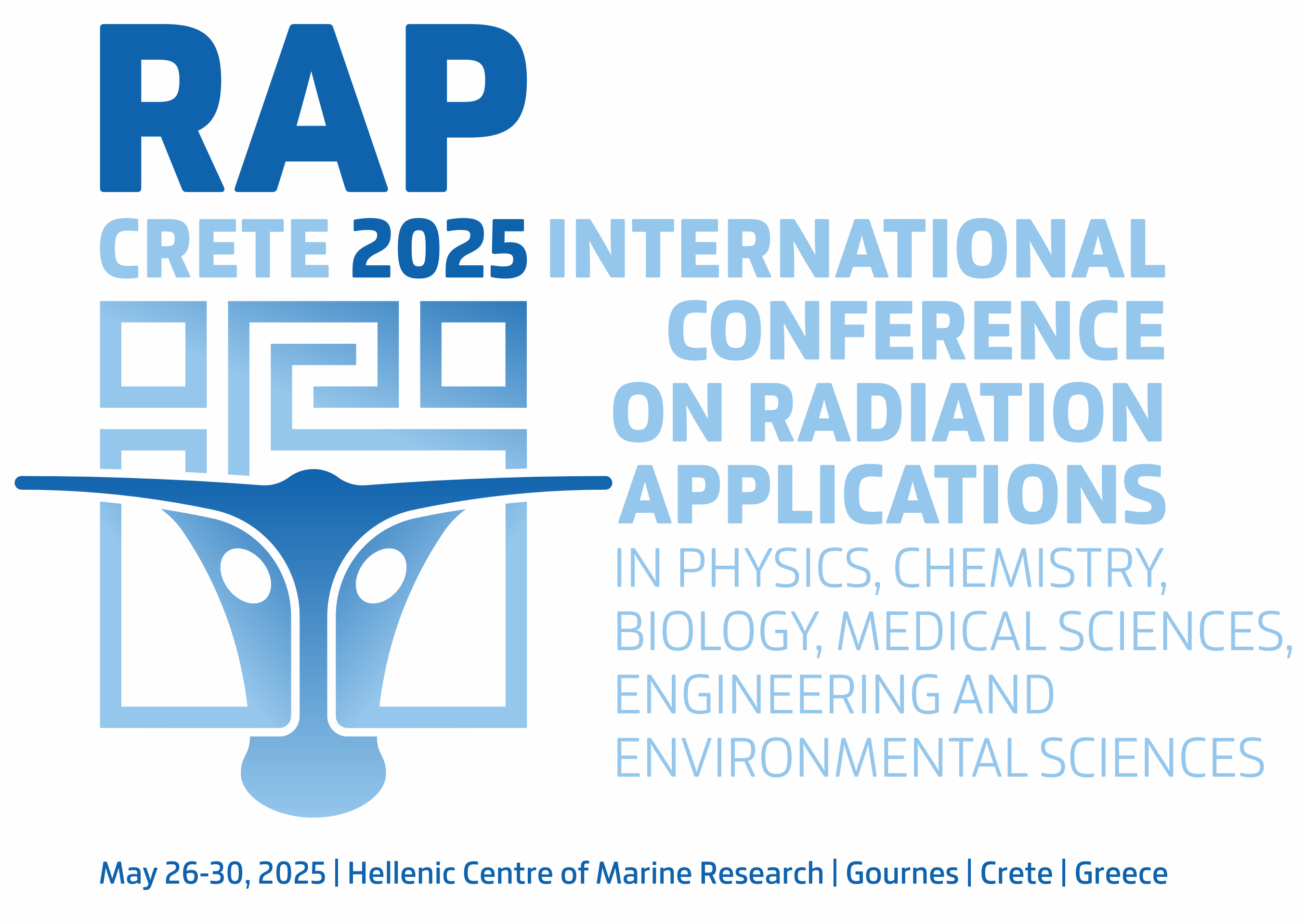Vol. 5, 2020
Microwave, Laser, RF and UV radiations
MEASUREMENT, EXPOSURE AND RISK ASSESSMENT OF OPTICAL RADIATION IN WORKING ENVIRONMENT
M. Ivanova, M. Israel, M. Stoinovska
Pages: 55-58
DOI: 10.37392/RapProc.2020.13
Abstract | References | Full Text (PDF)
The report presents results of the measurement, exposure and risk assessment of optical radiation sources in an industrial unit: electric welding, oxygene and plasma cutting machines. Measurements of the optical radiation parameters are performed over the entire optical range within the scope of Directive 2006/25/EC (transposed in Bulgarian legislation with Ordinance No 5 /2010). They are made at the level of the exposed eyes and skin of workers having activities or staying in the source area. The studied sources mainly emit in the ultraviolet (UV) and visible range of the optical spectrum, therefore the applicable exposure limit values (ELVs) correspond to the two ranges. Although the highest exposure to optical radiation is to the workers who directly handle the source, the exposure and risk assessment refers more to other workers indirectly involved in the activities with sources of optical radiation. The reason is that the first group of directly exposed workers is protected by personal protective equipment (PPE), so radiation does not reach them up to the maximal radiation levels. The exposure assessment results show an exceeding of the ELVs for the visible and UV range in the vicinity of the electric welding and plasma cutting machine and ELVs for the visible range for the oxygene. The risk assessment for workers has taken into account that the risk of exposure of the eye to visible light is high, but exposure to visible radiation is unlikely to occur due to the aversion to bright light and involuntary turning the head away from the source. This is not the case with exposure to UV radiation, which is invisible to the eye and there are no natural mechanisms for protection. So, high levels of exposure and risk to the cornea and the lens of the eye are possible. This means that the risk of exposure to visible optical radiation is high, but the probability of exposure is medium to low. In the ultraviolet range, the risk and the likelihood of exposure is high. There is a health risk to persons who are particularly sensitive to exposure to optical radiation as well. In addition, effects on the health and safety of workers are possible as a result of the interaction between optical radiation and photosensitising substances at the workplace or medications and/or food.
- The European Parliament and the Council of European Union. (Apr. 5, 2006). Directive 2006/25/EC on the minimum health and safety requirements regarding the exposure of workers to risks arising from physical agents (artificial optical radiation) (19th individual Directive within the meaning of article 16(1) of Directive 89/391/EEC).
Retrieved from: https://eur-lex.europa.eu/LexUriServ/LexUriServ.do?uri=OJ:L:2006:114:0038:0059:en:PDF
Retrieved on: Jan. 15, 2020 - Министерство на труда и социалната политика и Министерство на здравеопазването на България. (Июнь 11, 2010). Бр. 5. Наредба за минималните изисквания за осигуряване на здравето и безопасността на работещите при рискове, свързани с експозиция на изкуствени оптични лъчения . (Ministry of labor and Social Policy and Ministry of Health of Bulgaria . (Jun. 11, 2010). No. 5. Ordinance on the minimum health and safety requirements regarding the exposure of workers to risks arising from exposure to artificial optical radiation ).
Retrieved from: https://www.lex.bg/laws/ldoc/2135686489
Retrieved on: Jan. 10, 2020 - A Non-Binding Guide to the Artificial Optical Radiation Directive 2006/25/EC , European Commission, Brussels, Belgium.
Retrieved from: https://www.gla.ac.uk/media/Media_164337_smxx.pdf
Retrieved on: Jan. 20, 2020 - Photobiological safety of lamps and lamp systems , EN 62471, Sep. 12, 2008.
Retrieved from: http://tbt.testrust.com/image/zt/123/100123_2.pdf
Retrieved on: Aug. 15, 2019 - D. H. Sliney, M. L. Wolbarsht, Safety with Lasers and Other Optical Sources, New York (NY), USA: Plenum, 1980.
Retrieved from: http://library.lol/main/9342391C000B199172E887B73095AF6F
Retrieved on: Feb. 27, 2020


